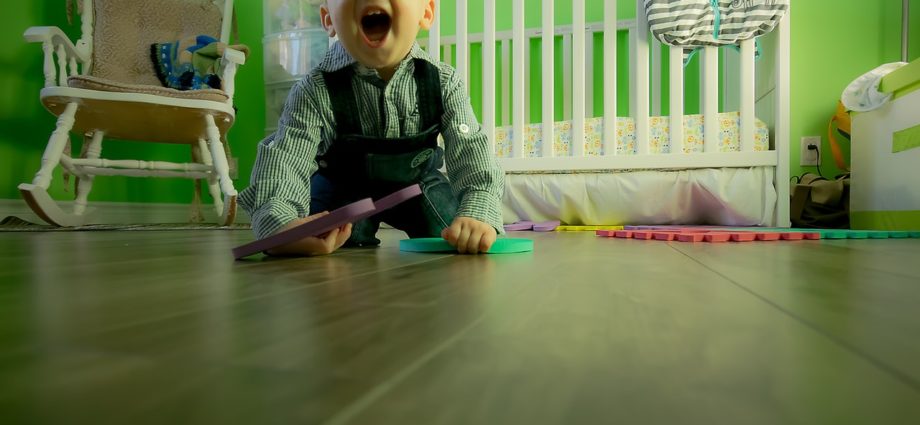It’s hard to choose a favorite stage of childhood development. As a parent, they’re all exciting and meaningful. But one of the best experiences is when a child first becomes mobile by learning how to crawl.
Crawling – and eventually walking – opens your baby up to a world of new opportunities and discoveries. And while some of these discoveries will be fun and healthy, others can be dangerous. Therefore, it’s important that you babyproof your home.
6 Tips for Childproofing Your House
If you’ve never had babies or toddlers in your home before, you’re about to experience a massive shift in how you view your house. Here are some recommended suggestions and best practices:
1. Get on Their Level
You’re used to seeing your home from five or six feet above ground level. Your crawling baby will experience your house from five or six inches high. In order to see it as they do, get down on your hands and knees and examine each room thoroughly.
“Objects that can be broken or sharp if handled need to be placed up high, sharp corners of furniture need to be padded, and items that baby can pull over need to be removed or secured,” explains Sherri Hannan, RN, program coordinator at Safe Kids Fayette County at Kentucky Children’s Hospital.
2. Disinfect Floors
Your floors are filthy. They’re covered with germs, microbes, dirt, grime, and everything else that your shoes drag inside. And unfortunately, your little baby is about to be dragging hands, feet, and diapers all over this mess.
When your baby is in the crawling stage, it’s crucial to get serious about disinfecting floors, sweeping, vacuuming, and taking off shoes before entering the house.
3. Protect Cords and Outlets
When a baby sees an electrical cord or power outlet, they’re naturally curious. Do your best to remove or safeguard these tantalizing objects as much as possible.
Electrical cords (and blind cords) should be pulled up and placed out of the way. Likewise, electrical outlets need plastic outlet protectors to prevent little fingers from prying.
4. Buy a Fireplace Screen
If you have a fireplace, it’s important that you protect your little one from harm. Obviously you should never operate your fireplace without being present in the room. Even when you do operate it, it’s smart to use a fireplace screen to protect your child from errant embers.
5. Take Stairs Out of Play
Some parents think they can train their child to avoid the stairs, but that’s not realistic. If you take chances with stairs, you’ll end up regretting it. Babyproofing is the only way to go.
“When it comes to babyproofing stairwells, there’s one solid fact: there’s no way to safely let your child have access,” Dr. Leah Alexander writes. “You want to make sure you get both the top and bottom of the stairs sectioned off from your children.”
Anchored baby gates are the best option. There are a variety of styles available, so choose one that’s easy to operate, yet looks good with your home’s current style.
6. Use Locks Judiciously
Locks are your friends. They’ll keep you little crawling baby out of trouble and give you peace of mind.
In addition to putting locks on cabinets, drawers, and gun safes, you may also consider installing them on toilet lids. Not only does this keep them away from yucky messes, but it could also prevent your child from drowning in an accident. (While highly unlikely, it has happened before. It’s best to avoid the risk by locking those seats down.)
Better Safe Than Sorry
At times, it can feel like your little your little six- or eight-month old baby is ruling your house. And while there’s something to be said for teaching your child to adapt to your house, rather than adapting your house to your child, it’s always better to be safe than sorry.
Remind yourself that this is a temporary stage that won’t last forever. If keeping your child safe means you have to buy some outlet covers or put a screen in front of your fireplace, so be it.
It’s your job to raise a safe and healthy child – and that starts in the home!
